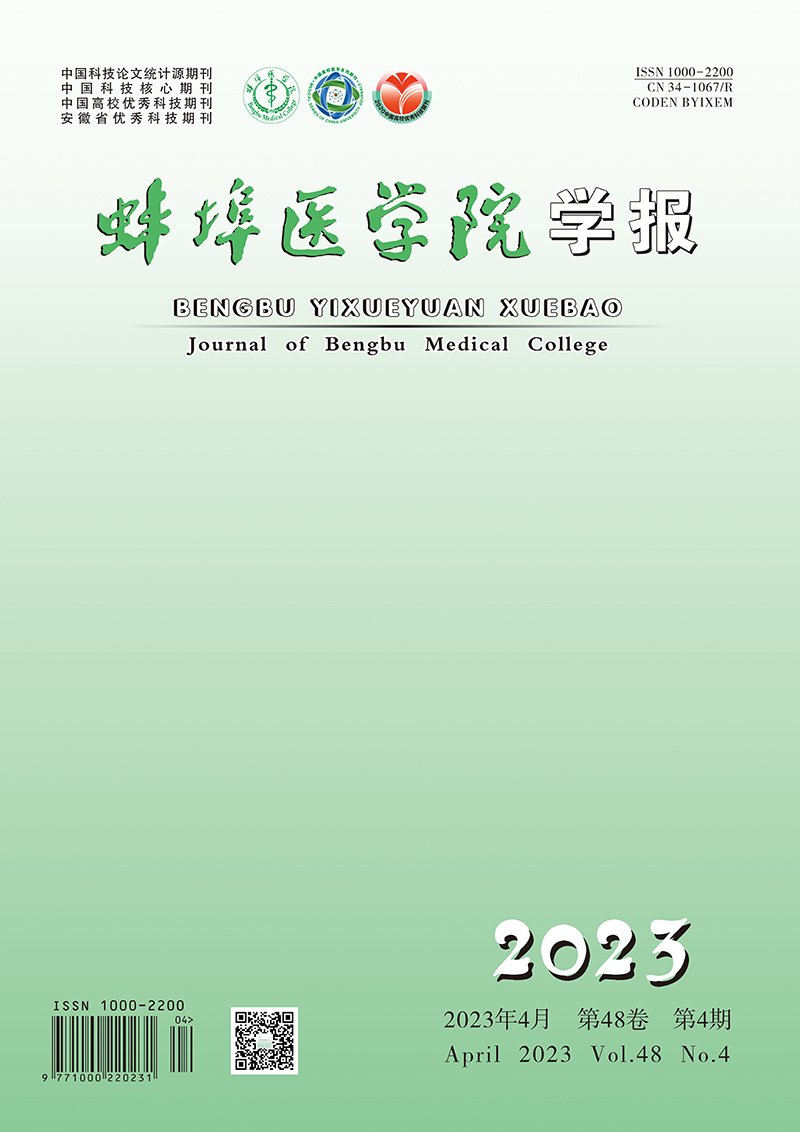-
食管癌占世界癌症死因顺位的第6位。2012年全球约有45.6万食管癌新发病例和40万死亡病例, 其中发展中国家的发病和死亡病例占全球的80%以上[1], 而我国是食管癌的高发国家之一, 死亡原因大多是局部复发或远处转移。食管癌除了手术以外, 放射治疗是其重要的治疗手段之一。在精确放疗时代, 为了提高肿瘤靶区照射剂量同时降低周围重要器官照射剂量目前采用调强适形放射治疗(IMRT)即调强适形放射治疗系统, 而螺旋断层放射治疗(tomotherapy, TOMO)是集三维适形放疗、IMRT、影像引导放疗(IGRT)、剂量引导调强适形放疗(DGRT)、自适应放疗(ART)功能为一体的现代放射治疗设备。TOMO用3.5 MV的螺旋CT以旋转的方式摄取图像, 用6 MV X线对肿瘤病人进行360°旋转照射, 消除了层与层之间的衔接问题。它在精确放疗方面有其他放疗设备无法替代的地位, 所以对放射治疗的各个环节要求更高, 要尽可能地减少随机误差, 从而提高治疗效果。本研究利用窄扇形束在线高能X线计算机体层摄影术(MVCT)图像引导系统分析食管癌的摆位误差及其影响因素, 为临床医生选择合适的固定方式以及临床靶区-计划靶区外放距离提供参考。
HTML
-
选择我院2017年9月至2018年5月接受TOMO治疗的食管癌病人21例, 病理组织类型均为食管鳞状细胞癌。21例病人年龄53~91岁; 男16例, 女5例; 体膜固定13例, 颈胸膜固定8例。
-
低温热塑膜、不同型号的固定枕、碳纤维一体架、东芝4排CT模拟机、TOMO。
-
首先根据临床医生填写的申请单制作符合要求的热塑模, 然后进行模拟CT定位。定位病人以头先进行扫描, 胸部肿瘤扫描层厚及层距一般是5 mm。扫描完毕后将扫描图像传至医生TPS工作站, 医生勾画靶区及危及器官, 再经物理师设计调强治疗计划, 待上述工作完成以后经上级医生及物理师共同审核认可后执行治疗质量保证(delivery quality assurance, DQA), 方可将病人移交给放疗技师进行TOMO治疗。
-
每次病人治疗前均行MVCT图像扫描, 首先选择合适的部分靶区(一般为靶区中间位置), 扫描条件为Acquisition pitch(采集螺距)中的Normal选项, 重建间隔为2.0 mm。放疗技师根据治疗计划出示的红色激光线把病人移床到相对应的位置即热塑膜上的标志点与激光线重合即可行MVCT扫描, 扫描完毕后选择配准方式为Bone and Tissue Technique、Super Fine Resolution、Translation + Roll分别从Transverse(横断面)、Coronal(冠状面)和Sagittal(矢状面)与定位CT图像进行配准, 得出X(左右)、Y(头脚)、Z(腹背)和ROLL(沿横截面旋转)四个方向的摆位误差。自动配准完成后进行手动微调, 直至吻合度最高为止。
-
采用t检验。
1.1. 一般资料
1.2. 设备材料
1.3. 定位及计划设计
1.4. MVCT图像的获取
1.5. 统计学方法
-
≥ 70岁12例扫描次数358次, < 70岁有9例扫描次数251次。不同年龄病人四个方面摆位误差比较显示: ≥ 70岁病人在X、Z和ROLL三个方位的摆位误差均大于 < 70岁病人(P < 0.01), 在Y方向上2组摆位误差差异无统计学意义(P>0.05)(见表 1)。
年龄/岁 n X/mm Y/mm Z/mm ROLL/(°) ≥ 70 358 1.73±1.38 2.85±2.69 3.25±1.57 0.57±0.52 < 70 251 1.34±1.26 2.66±2.28 3.74±1.43 0.35±0.39 t - 3.58 0.93 3.92 6.05 P - < 0.01 >0.05 < 0.01 < 0.01 -
对21例食管癌病人行609次MVCT扫描, 误差区间分布显示, X轴和Y轴方向的摆位误差主要集中在0~3 mm, Z轴方向的主要集中在3.1~6 mm(见表 2); 横断面旋转误差分布在区间0°~、1.1°~和2.1°~的分别为537(88.2%)、62(10.2%)和10(1.6%)。
误差区间/mm X Y Z 0~ 533(87.5) 390(64.0) 239(39.2) 3.1~ 69(11.3) 170(27.9) 342(56.2) 6.1~ 7(1.1) 37(6.1) 28(4.6) 9.1~ 0(0.0) 5(0.8) 0(0.0) 12.1~ 0(0.0) 7(1.1) 0(0.0) -
体膜固定13例, MVCT图像采集391次; 颈胸膜8例, MVCT图像采集218次。在X轴方向和Z轴方向两种固定方式病人的摆位误差差异无统计学意义(P>0.05), 在Y轴方向和ROLL轴方向上采用体膜固定方式病人的摆位误差大于颈胸膜(P < 0.01)(见表 3)。
固定方式 n X/mm Y/mm Z/mm ROLL/(°) 体膜固定 391 1.62±1.37 2.99±2.65 3.42±1.58 0.56±0.53 颈胸膜固定 218 1.49±1.31 2.38±2.25 3.51±1.44 0.32±0.33 t - 1.17 2.87 0.68 6.77 P - >0.05 < 0.01 >0.05 < 0.01 -
16例男性, MVCT图像采集458次; 5例女性, MVCT图像采集151次。在Y轴方向上女性摆位误差大于男性(P < 0.05), X、Z和ROLL方向不同性别间摆位误差差异均无统计学意义(P>0.05)(见表 4)。
性别 n X/mm Y/mm Z/mm ROLL/(°) 男 458 1.60±1.31 2.65±2.50 3.51±1.58 0.47±0.47 女 151 1.47±1.44 3.14±2.35 3.29±1.36 0.49±0.52 t - 1.03 2.07 1.54 0.47 P - >0.05 < 0.05 >0.05 >0.05
2.1. 不同年龄的摆位误差比较
2.2. 不同方向的摆位误差区间分布
2.3. 不同固定方式病人摆位误差的比较
2.4. 不同性别对摆位误差的影响
-
放射治疗的基本目标是努力提高放射治疗的治疗增益比即最大限度地将放射线的剂量集中到病变靶区内, 杀死肿瘤细胞而使正常组织和器官少受或免受不必要的照射[2]。一些不能手术或局部晚期转移、与周边组织有密切关系、心肺功能差的病人是放射治疗的适应证。IMRT是临床常用的放疗技术, 靶区外扩边界的大小依赖于良好的体位固定技术[3]。近年来如何提高放射治疗的准确性、减少摆位误差是我们研究和讨论的热点问题, 也是放疗科医生、物理师、技师最关注的问题。
本研究显示, 不同的年龄对摆位误差有影响, 年龄较大者在Y轴和Z轴的摆位误差较大, Y轴方向差异无统计学意义, Z轴差异有统计学意义, 这与丁伟杰等[4]研究结果部分相似, 分析导致摆位误差的主要原因有:(1)老年病人皮肤较为松弛, 摆位过程中对皮肤牵拉程度不一; (2)老年病人体质体力弱, 无法很好地配合摆位, 而且保持一个固定姿势无法坚持到治疗结束; (3)老年病人肺功能减退, 呼吸不平稳。而无论是颈胸膜固定还是体膜固定的食管癌病人在Y轴、Z轴方向的误差较大, 这一研究结果与王振立等[5]研究结果相似, 可能的原因是:(1)在吸气和呼气时肺容积变化, 导致胸腔上下起伏, 膈肌被牵拉运动; (2)在治疗过程中, 为使病变部分移到TOMO的治疗孔径中, 治疗床要不断地进入孔径中, 而床板支点位于孔外, 床板延伸出去一部分, 而人体和床板的质量过于沉重, 将会下沉一定的距离, 产生几毫米的偏差; (3)病人摆位过程中易引起皮肤过度牵拉, 使皮肤标记与体内相应解剖结构发生位移, 导致较大误差[6]。
另外, 在Y轴方向和ROLL轴方向上采用体膜固定方式病人的摆位误差大于颈胸膜, 这与惠周光等[7]报道的结果相似。造成误差的原因是因为体膜固定时双手臂交叉抱肘置于额部, 体膜对上举的上肢无固定作用, 重复摆位时上肢的随意度大导致皮肤定位标记点变化加大, 而且这种改变更趋向头侧, 当然, 本文忽略了误差的方向性, 只对其绝对值进行研究分析, 所以体膜固定病人在画体表标志线时尽量画在位置相对比较固定的有骨性标志的髂骨附近。体膜固定在ROLL旋转方面大于颈胸固定, 可能的原因是上肢上举使肩胛骨活动度变大, 身体的稳定性下降。
TOMO治疗系统自带的MVCT有很高的图像质量, 病人接受的扫描剂量不足3 cGy, 更大的优势在于根据每次放疗前的MVCT影像指导摆位, 校准摆位误差。TOMO有别与其他加速器特点是能计算出旋转误差, 从本研究旋转误差频数分布来看, < 1°的旋转误差高达88%, ASTREINIDOU等[8]研究表明, 平均值为1°的旋转误差对95%CTV接受处方剂量不会造成影响。REMEIJER等[9-10]报道旋转误差造成的剂量改变很小可忽略。TOMO的问世无疑给肿瘤病人带来了福利, 提高了摆位的准确性, 减低了正常组织的照射剂量。
本文对不同性别病人的摆位误差作了分析, 在Y轴方向上女性摆位误差大于男性, X、Z和ROLL方向不同性别间摆位误差差异均无统计学意义。因为性别对摆位误差的影响的研究很少, 在这里不表明结论, 只是表明一种统计结果:从男女体格上分析可能的原因是男女乳房造型的差别, 女性胸部隆起使外形起伏较大, 曲线较多, 而男性的胸部较为平坦; 男性颈部粗而短与放疗枕有较好的吻合度, 而女性颈部细而长, 每次枕的位置很难达到一致, 这些因素增加了摆位误差。
综上所述, 食管癌病人的摆位误差较大, 不同固定方式食管癌摆位误差在X、Y、Z轴和旋转方向各有不同, 颈肩膜和体膜固定各有优点与不足, 不同年龄、性别对摆位误差有一定的影响, 所以建议临床医生对于不同病人采取合适的固定方式及不同的CTV-PTV外放距离, 以防遗漏照射范围或对正常组织造成危害。






 DownLoad:
DownLoad: